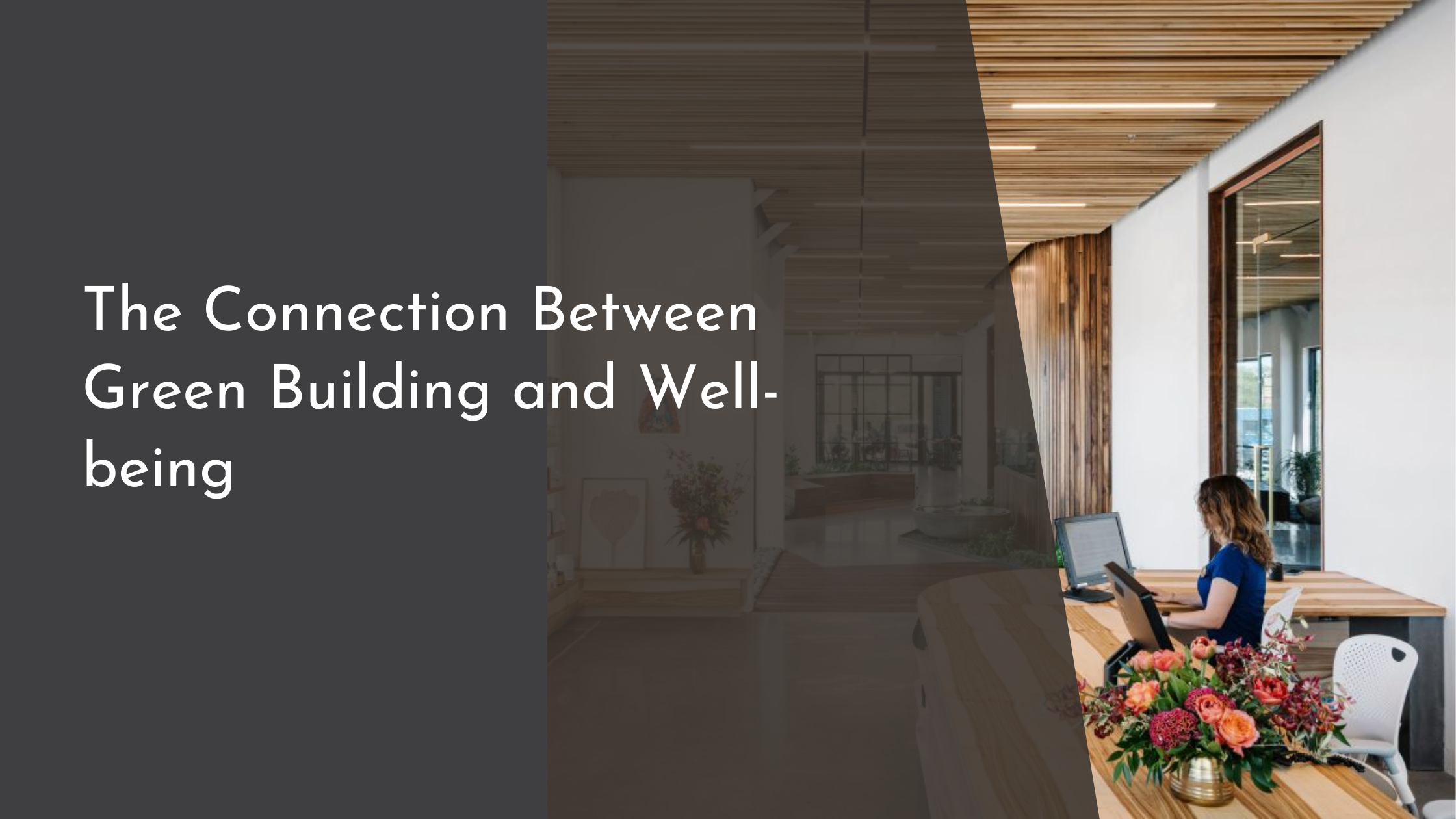The Connection Between Green Building and Well-being
In the quest for sustainability and health, green building practices have emerged as a significant trend, reshaping the construction industry and our living environments. These practices focus on creating structures that are environmentally responsible and resource-efficient throughout their life cycle. Beyond their environmental advantages, green buildings also offer substantial benefits to human well-being, making them an attractive choice for modern living. In this article, we explore how green building principles contribute to improved mental health, the positive effects of natural light on our well-being, and the comprehensive benefits of embracing green architecture.
Understanding Green Building Principles
Green building principles encompass a variety of design and construction strategies aimed at reducing the environmental impact of buildings. These principles are grounded in sustainability and focus on optimizing energy efficiency, reducing waste, and utilizing renewable resources. Key strategies include the use of sustainable materials, efficient heating and cooling systems, and water conservation techniques. By integrating these elements, the architecture not only lessens its carbon footprint but also creates healthier environments for occupants.
One of the core tenets of green building is the emphasis on indoor environmental quality, which directly relates to human well-being. This involves ensuring good indoor air quality, thermal comfort, and access to natural light. The use of non-toxic materials and advanced ventilation systems helps reduce the presence of pollutants, creating a healthier indoor atmosphere. Furthermore, the thoughtful design of spaces to maximize daylight and views of nature helps promote a sense of connection with the environment, further enhancing occupants’ quality of life.
How Green Spaces Enhance Mental Health
Incorporating green spaces into building designs is a hallmark of green architecture, with profound implications for mental health. Research shows that exposure to green spaces can reduce stress, boost mood, and improve cognitive function. By integrating elements such as rooftop gardens, vertical gardens, and surrounding green landscapes, buildings can offer more than just aesthetic value; they provide a natural refuge where individuals can relax and recharge.
These green spaces act as a buffer against urban stressors, offering a peaceful environment that fosters relaxation and mindfulness. They encourage physical activity, social interaction, and connection with nature—all essential components of mental well-being. Whether through a simple stroll in a garden or an outdoor meeting in a green courtyard, these spaces help nurture mental resilience and overall happiness, making them invaluable components of sustainable architecture.
The Impact of Natural Light on Well-being
Natural light is a critical factor in architecture that significantly affects human health and well-being. Exposure to natural light regulates circadian rhythms, which in turn influences sleep patterns, mood, and productivity. Buildings designed with ample windows, skylights, and open spaces can optimize daylight exposure, reducing reliance on artificial lighting and creating a more dynamic and pleasant environment.
Beyond its physiological benefits, natural light enhances psychological well-being by fostering a sense of openness and positivity. It has been shown to decrease stress and anxiety levels, while also improving concentration and cognitive performance. Therefore, thoughtful integration of natural light within buildings not only supports sustainable energy use but also contributes to creating healthier, more vibrant living and working spaces.
Concluding Thoughts on Green Building Benefits
The benefits of green building extend far beyond environmental sustainability, profoundly impacting human health and well-being. By adhering to green building principles, we create structures that are not only eco-friendly but also health-enhancing. From promoting mental health through green spaces to harnessing the power of natural light, these buildings support a holistic approach to well-being.
As the demand for sustainable living grows, green building practices continue to evolve, offering innovative solutions that align with both environmental and human health objectives. By embracing these principles, we can pave the way for a future where our built environments nurture both the planet and the people who inhabit it, leading to healthier, happier communities.
The connection between green building and well-being is clear and compelling—these structures not only safeguard our environment but also uplift our spirits and enhance our health. As we move forward into a more sustainable future, prioritizing green building practices will be essential in creating spaces that benefit both the planet and its people. By integrating eco-friendly designs that promote mental and physical health, we are building a legacy of resilience and well-being for generations to come.


